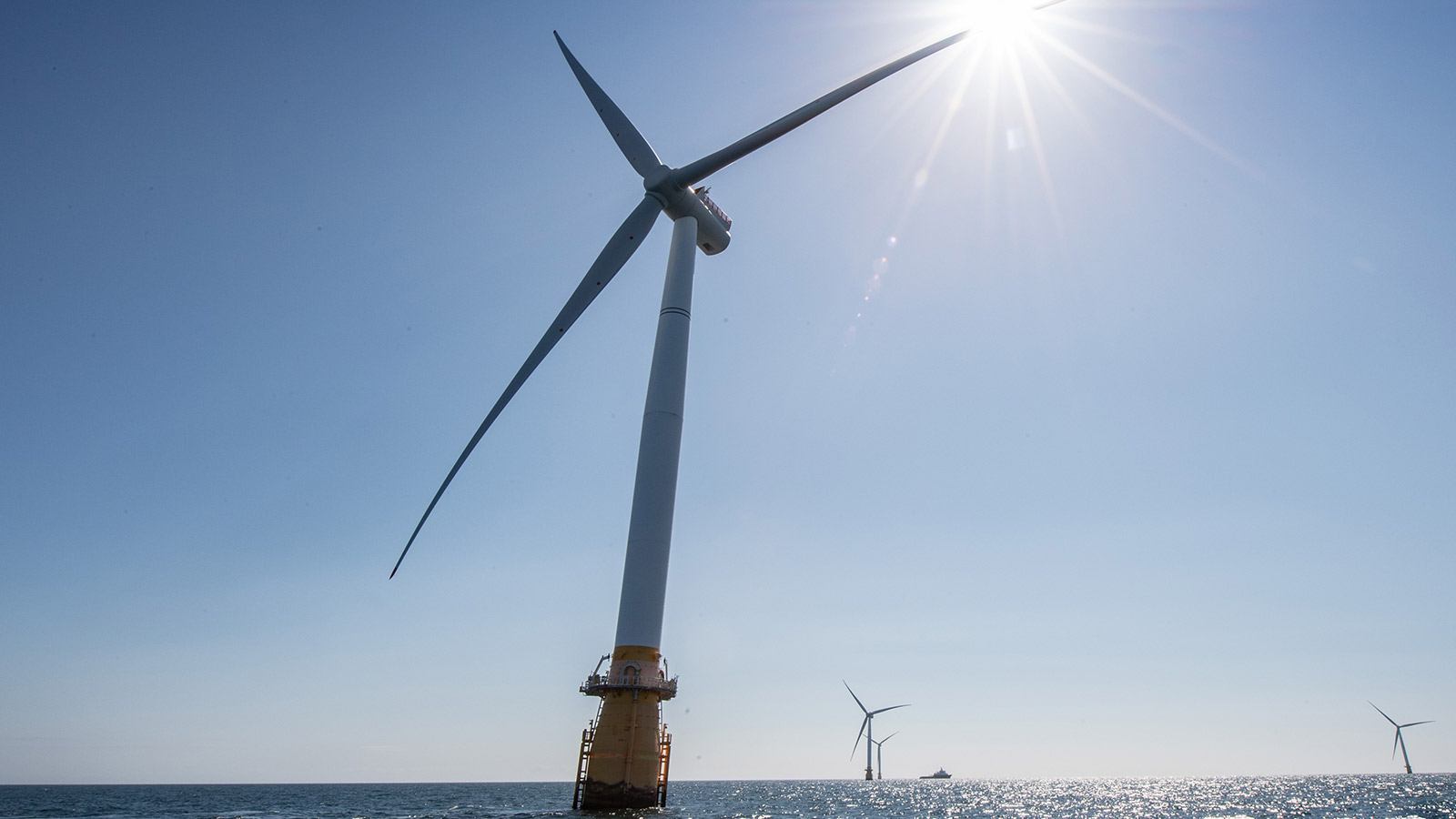United Kingdom – “ScotWind” seabed tender results were announced by Crown Estate Scotland. They put up for auction 8,600 square miles of ocean that could be used for offshore wind farms capable of generating nearly 25 GW.
There were a total of 17 projects selected as winners. Most of the new offshore wind capacity, at 15 GW, will be generated by floating turbines. For new offshore wind farms, the low cost to consumers and taxpayers is ensured by the Scottish system for awarding seabed leasing.
There were 74 bids for the 8,600 km2 of auctioned sea space from the 74 interested parties. Almost 7,000 square miles of land were awarded to 17 projects. Offshore wind farms can now be built on specific areas of the seabed, thanks to option agreements offered to the 17 projects that were selected for funding. As a one-time payment, they will pay an option fee to the Crown Estate Scotland for these rights.
For the UK’s Offshore Wind Lease Round 4, option fees were much higher, but now they are much lower. At £100,000-per-square-mile, Scotland decided on a more reasonable tender design. As a result of this, the costs of offshore wind have been kept low for consumers by avoiding expensive bidding wars. A price ceiling ensures that new offshore wind volumes are delivered at the lowest cost for consumers and taxpayers because seabed leasing costs are typically passed on to the electricity consumer.
Scotland’s industrial sector golden opportunity
Only three small floating offshore wind farms are currently operational in Europe. In Scotland, there are already two of them, the Hywind Scotland 30 MW and Kincardine 50 MW projects. By the mid-2030s, Scotland’s floating wind capacity could reach a total of 15 GW, cementing the country’s position as a leader in this emerging technology.
Scottish Power Renewables, Falck Renewables, DEME, Vattenfall, Shell New Energies, OceanWinds, BP Alternative Energy Investments, SSE Renewables, BayWa, Offshore Wind Power, Northland Power, and Magnora are among the consortiums that have been awarded contracts.
Submission of a Supply Chain Development Statement (SDCS) was required, showing how at least 25% of project-related expenditure would be made in Scotland. There will also be a requirement for the winning bidder to coordinate investments and adjust their SDCS so that Scotland’s emerging offshore wind supply chain can be developed with greater consistency and scale
Floating wind booming in Europe
For floating offshore wind, 2022 is going to be a year of breakthroughs, with real progress being made toward commercial-scale floating wind farms. Besides ScotWind, the results of the world’s first auction to build a large-scale floating wind farm – 250 MW of Brittany in France – will be made public. The 88 MW Hywind Tampen wind farm in Norway, to be operated by Equinor, will be Europe’s fourth floating offshore wind farm and use floating turbines to power oil and gas platforms, reducing CO2 emissions from fossil fuel extraction significantly.
Large-scale floating offshore wind auctions in the Mediterranean and Atlantic Oceans are being planned by Greece, Italy, and Spain. The Greek Ministry of Energy hopes to hold the first auction in the first half of 2022, if all goes according to plan. The Ministry of Ecological Transition in Italy has received 64 expressions of interest in developing floating offshore wind projects.. Also, the Spanish government is working on a plan to put 3 GW of floating wind turbines into service by 2030.
By the year 2050, a third of Europe’s offshore wind capacity will be floating
Offshore wind resources in Europe can be infinitely replenished by floating offshore wind turbines. More than 80 percent of Europe’s offshore wind resources are in waters deeper than 60 meters, including the Atlantic, Mediterranean, Celtic, Black, and Norwegian Seas. Traditional bottom-fixed offshore wind farms do not make financial sense in these regions. Large-scale renewable electricity generation and the acceleration of Europe’s energy transition are both possible with floating offshore wind. Floating offshore wind could account for up to a third of the offshore capacity required to reach net zero in Europe by 2050.
On April 5-7, 2022, WindEurope’s Annual Event in Bilbao will feature a panel discussion on floating offshore wind, given the recent developments in Europe. Spanish floating offshore wind expansion will be led by developers, shipyards, and ports in Basque Country. Side events and field trips to Spain’s most advanced floating offshore wind projects at WindEurope 2022 will provide valuable information.





